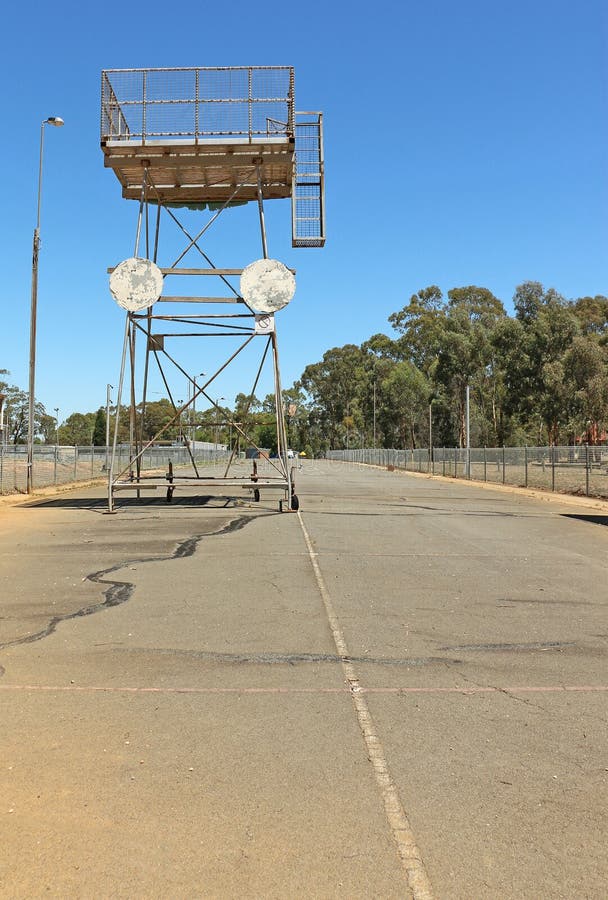Fire safety is not just a precaution; it’s a necessity. Sprinkler systems and emergency response drills are key components for fire prevention.
Sprinklers act as an automated defense, well-trained teams ensure comprehensive safety. Together, these solutions form an effective defense against fire hazards.
The Basics of Sprinkler Systems
Automatic fire suppression setups operate automatically to control fires. Functioning based on heat sensitivity, these systems release water to affected areas.

Primary benefits to use automatic suppression systems include:
- Immediate action: Limits the scope of the fire.
- Self-activating systems: Provides constant readiness.
- Individual sprinkler action: Limits water waste.
Why Fire Brigade Training is Crucial
Training for fire brigades develops responders to handle fire-related situations. While sprinklers handle the initial response, firefighters play an indispensable role.

These training sessions focus on the following areas:
- Fire prevention awareness: Recognizing common fire hazards.
- Practicing exit drills: Reducing panic during emergencies.
- Training with firefighting tools: Gaining experience with tools.
Como funciona um sprinkler?instalação sprinklers
How Sprinkler Systems and Fire Brigade Training Work Together
Sprinkler systems and fire brigade training create a balanced safety strategy. Sprinklers control the flames quickly, fire brigades handle residual risks.

The combination of these tools reduces fire risks for homes and apartments, commercial spaces, and large-scale facilities.
Conclusion: Prioritizing Fire Safety with Technology and Training
A robust defense against fire hazards combines advanced systems with team skills. Sprinkler systems offer automated responses, while fire brigade training complements the system’s capabilities.
Build a safer future by acting today by installing sprinkler systems. Both systems and responders are essential!